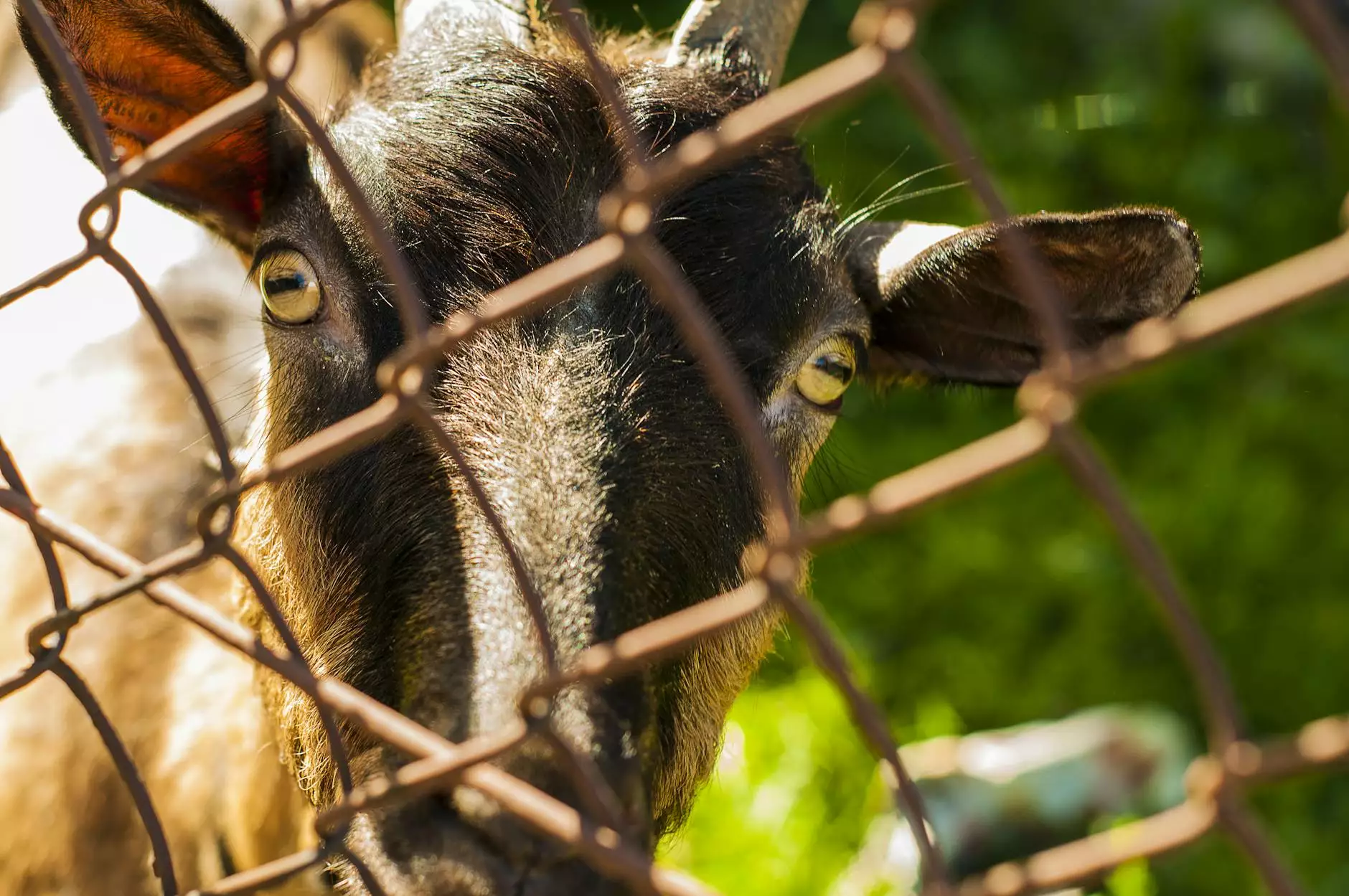Effective Maize Weevil Control: Strategies for Farmers

Maize weevils are notorious pests that can devastate maize crops and stored grain, causing significant economic losses for farmers. Understanding how to implement effective maize weevil control strategies is essential for anyone involved in farming. In this comprehensive guide, we’ll explore the biology of maize weevils, why they are a concern, and the most effective methods to control their population, ensuring the health and productivity of your crops.
Understanding the Maize Weevil
The maize weevil, scientifically known as Sitophilus zeamais, is a small insect that primarily infests stored maize and other grains. With a typical length of 2.5 to 4 mm, the adult weevils are identifiable by their elongated snouts and brownish color, featuring distinctive spots. They are known for their supreme ability to infest grains, laying eggs inside kernels, which becomes a significant threat during both storage and harvesting.
Life Cycle of the Maize Weevil
Understanding the life cycle of the maize weevil is crucial for effective control. The life cycle can be divided into the following stages:
- Egg: A female maize weevil can lay up to 300 eggs inside individual kernels of maize.
- Larva: Once the eggs hatch, larvae begin to feed on the grain, damaging it from the inside.
- Pupa: After several weeks, the larvae pupate, continuing to develop into adults.
- Adult: The adult weevils emerge from the grain, ready to start the cycle again.
Why Maize Weevil Control is Crucial
The impact of maize weevils on agriculture is profound. An infestation can reduce the quality and quantity of maize, leading to economic losses and food scarcity. Effective maize weevil control is not just about protecting the financial investment of farmers but also about ensuring food safety and security.
Consequences of Infestation
- Economic Loss: Infestations can lead to substantial losses in crop yield and quality.
- Market Impact: Infested grains often fetch lower prices in the marketplace.
- Food Safety: Weevil-infested grains may pose health risks, making their management critical.
Effective Strategies for Maize Weevil Control
1. Cultural Practices
Cultural practices play a fundamental role in managing maize weevil populations. Here are a few methods to consider:
- Crop Rotation: Rotate maize crops with non-host plants to disrupt the life cycle of the weevils.
- Field Hygiene: Remove debris and leftover grains from previous harvests to reduce breeding grounds.
- Storing Conditions: Maintain dry and cool environments during storage to deter weevil infestations.
2. Mechanical Control
Mechanical methods can effectively reduce maize weevil populations. Effective measures include:
- Traps: Utilize pheromone traps to capture adult weevils, reducing their numbers.
- Cleaning and Inspection: Regularly inspect and clean storage areas to eliminate eggs and larvae.
- Crushing: Manually crush infested kernels during sorting to destroy hidden weevils.
3. Biological Control
Utilizing natural predators can offer an organic approach to controlling maize weevil populations. Certain parasitic wasps, for example, are known to attack and kill maize weevil larvae. Identifying and promoting these beneficial insects can be a sustainable option for farmers.
4. Chemical Control
When other methods are insufficient, chemical pesticides may be necessary for maize weevil control. Here are some points to keep in mind:
- Insecticides: Use approved insecticides specifically designed for grain pests.
- Timing: Apply pesticides just before or after harvest for maximum effectiveness.
- Integrated Pest Management (IPM): Combine chemical control with other methods for a holistic approach.
Innovative Storage Solutions
Storage techniques can make a significant difference in controlling maize weevil populations. Consider the following innovations:
1. Hermetic Storage
Hermetic storage involves sealing grains in airtight containers to create an environment low in oxygen, which is hostile to insects. This method can significantly reduce weevil populations while maintaining grain quality.
2. Use of Modified Atmosphere
Creating a modified atmosphere with reduced oxygen and increased carbon dioxide through controlled storage methods can further inhibit maize weevil development.
Monitoring and Evaluating Pest Levels
Regular monitoring of pest levels is essential to implement effective maize weevil control strategies. Farmers should:
- Establish a monitoring schedule to regularly inspect crops and stored grains.
- Keep records of weevil populations and infestation levels to understand trends.
- Adjust control measures based on the accumulation of pest data.
Conclusion
Controlling maize weevil populations is a multifaceted challenge that requires diligence and proactive strategies. By combining cultural practices, mechanical approaches, biological methods, and when necessary, chemical controls, farmers can effectively manage these pests. Emphasizing innovative storage solutions can further safeguard against infestations, ensuring the health of maize crops and maximizing yield potential. As farmers strive for sustainable practices, staying informed on the latest techniques in maize weevil control is essential for economic viability and food security.
For more information on farming solutions and equipment, visit TSGC Inc.. Your partner in combating agricultural challenges effectively.








